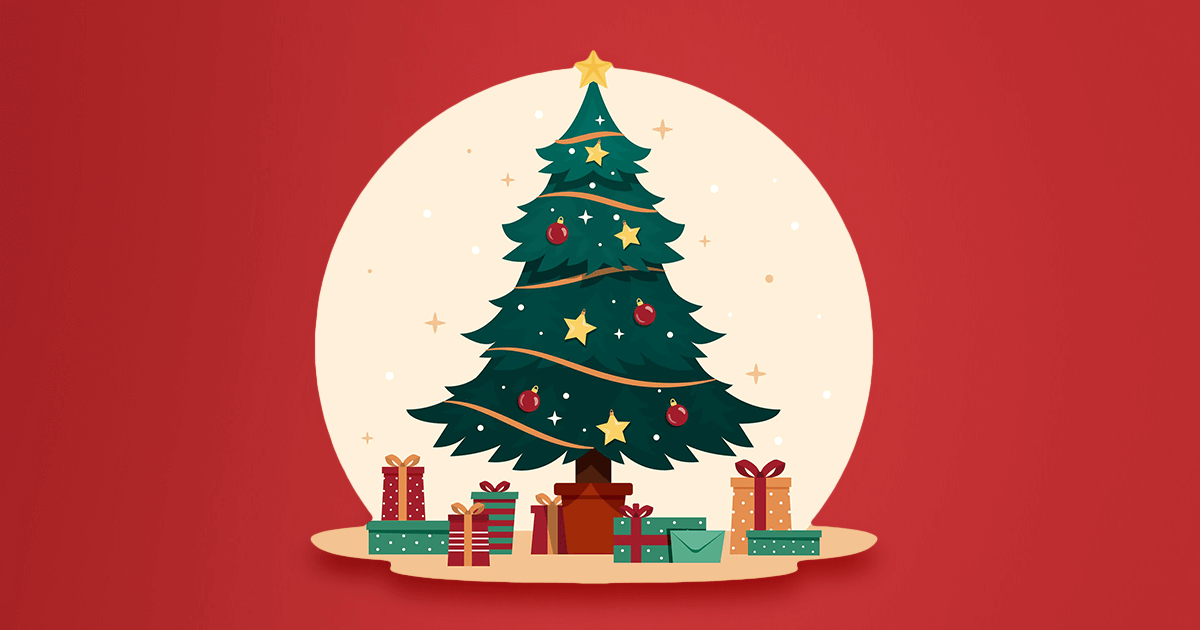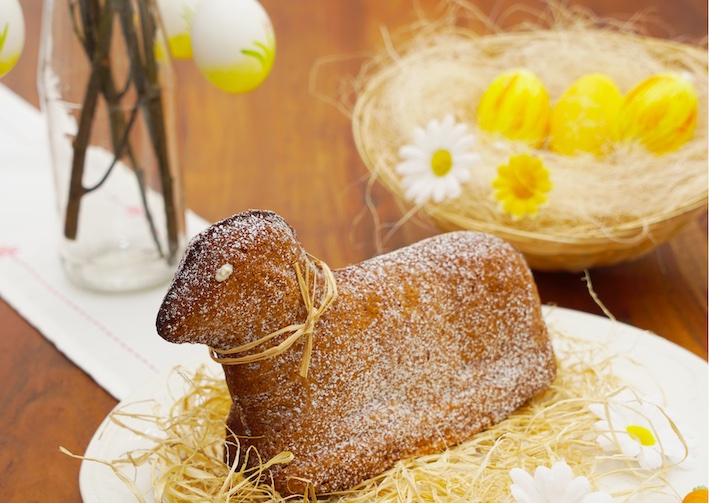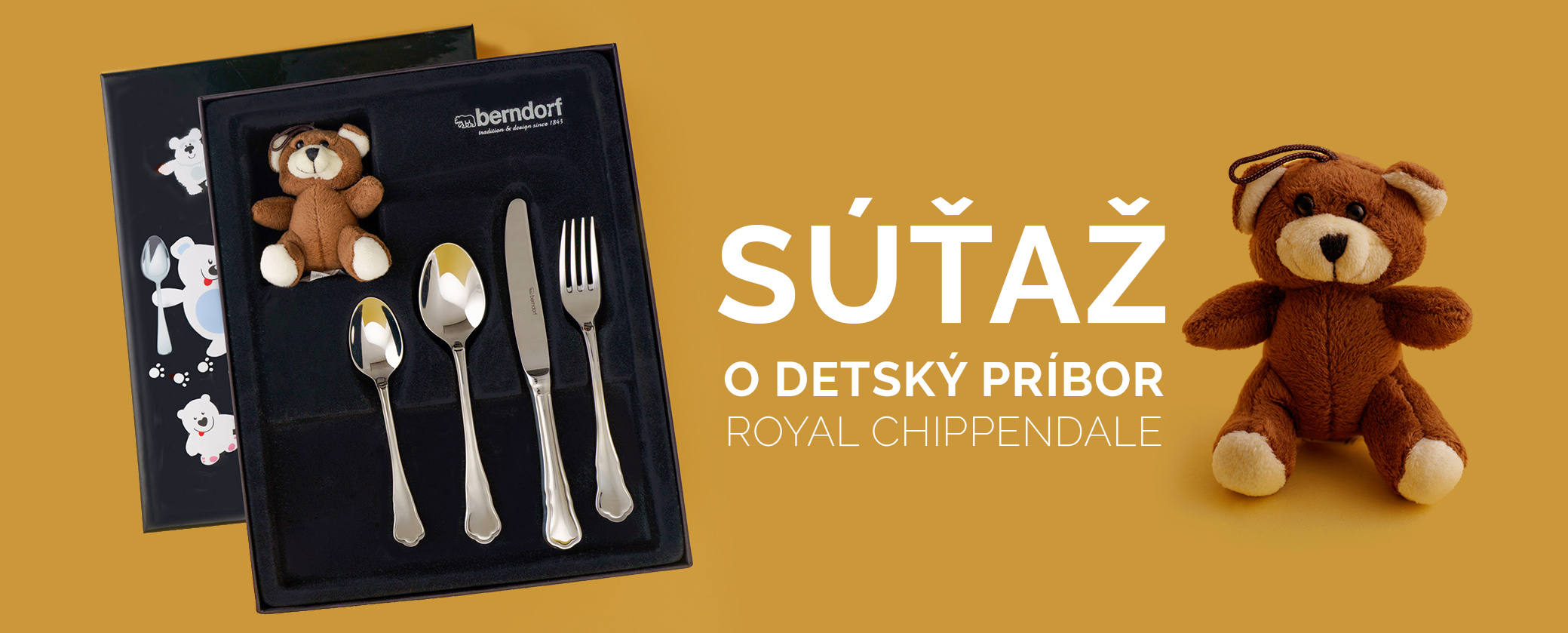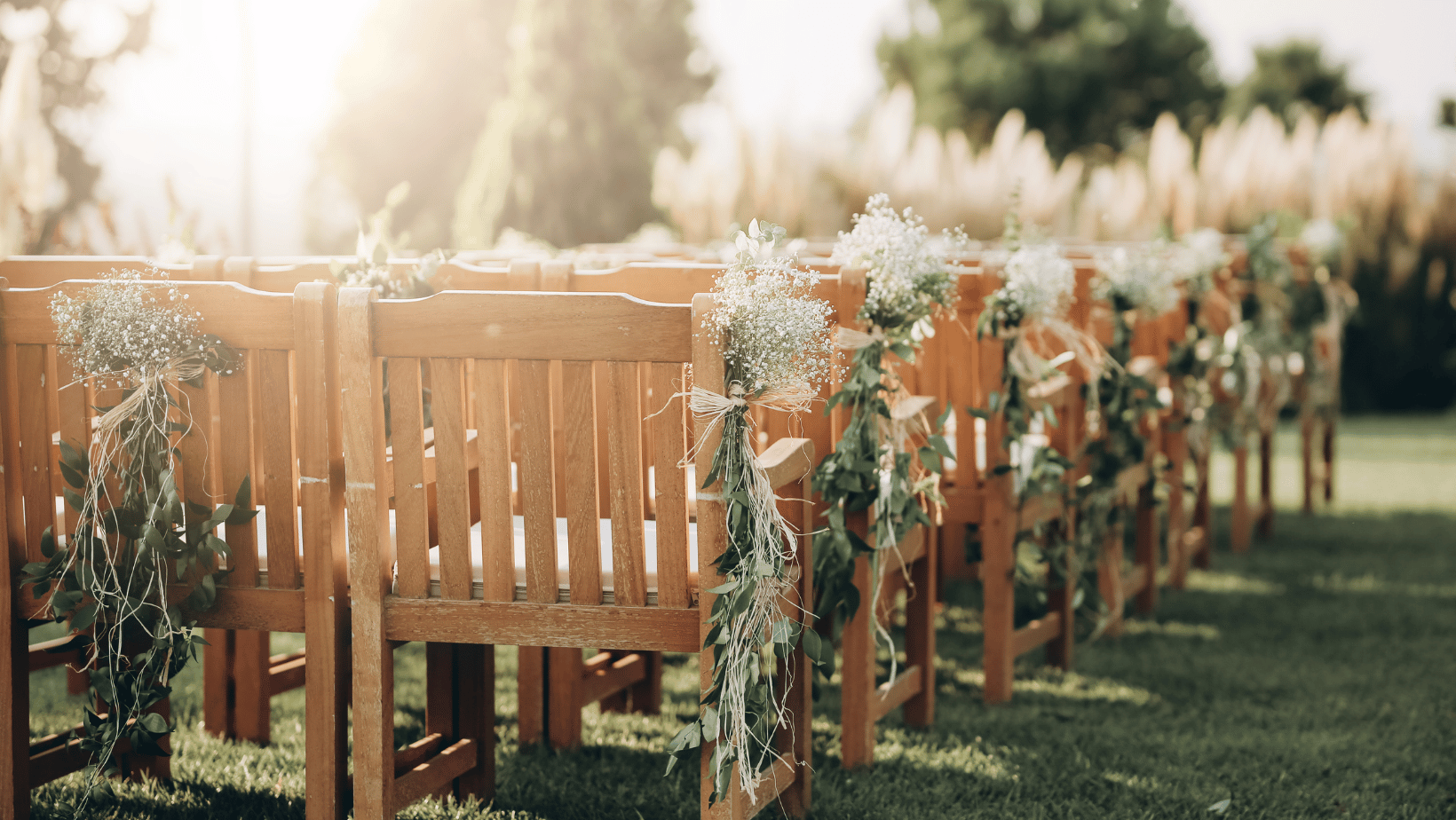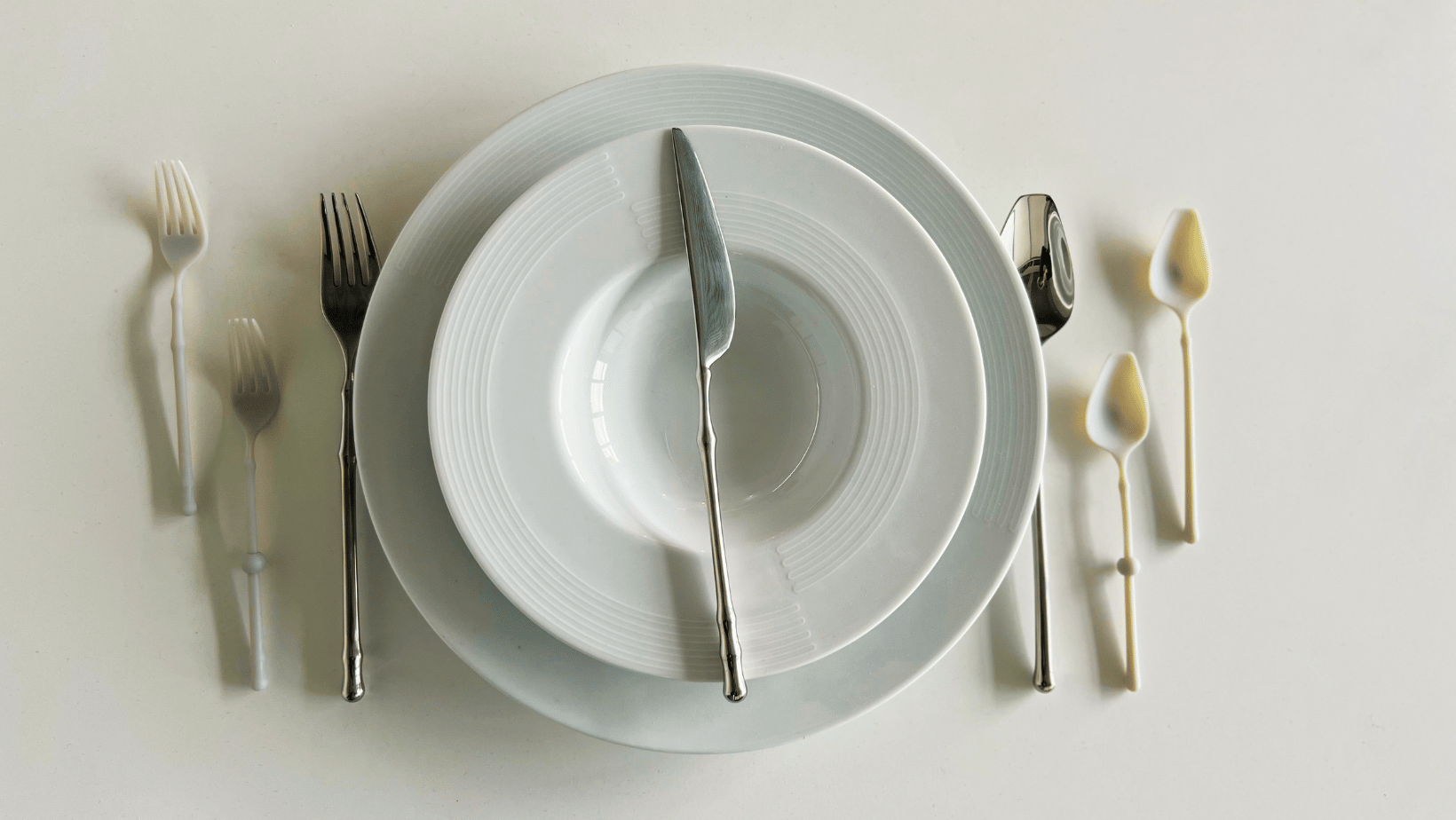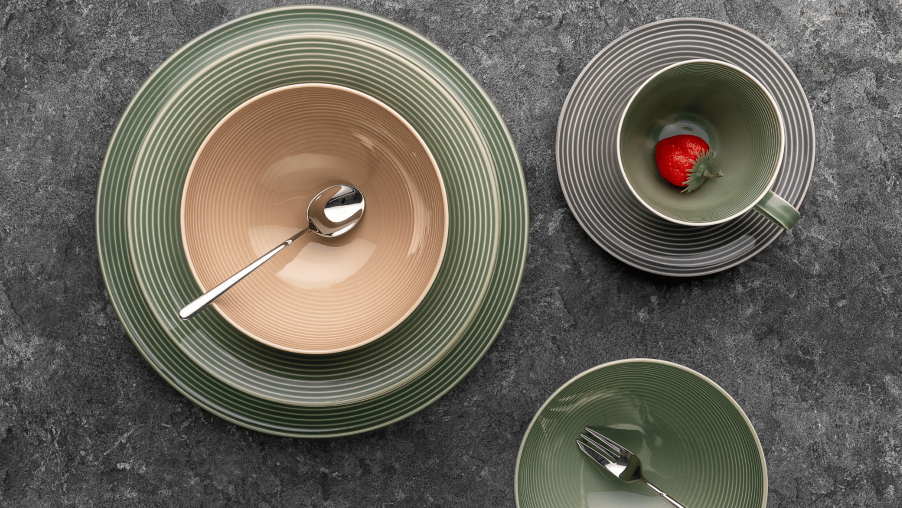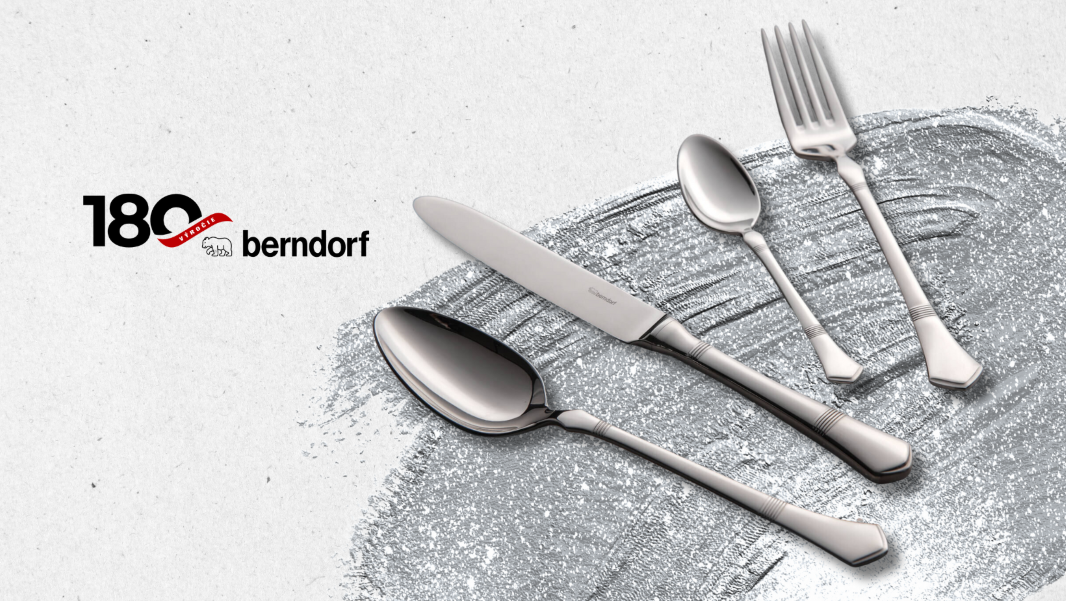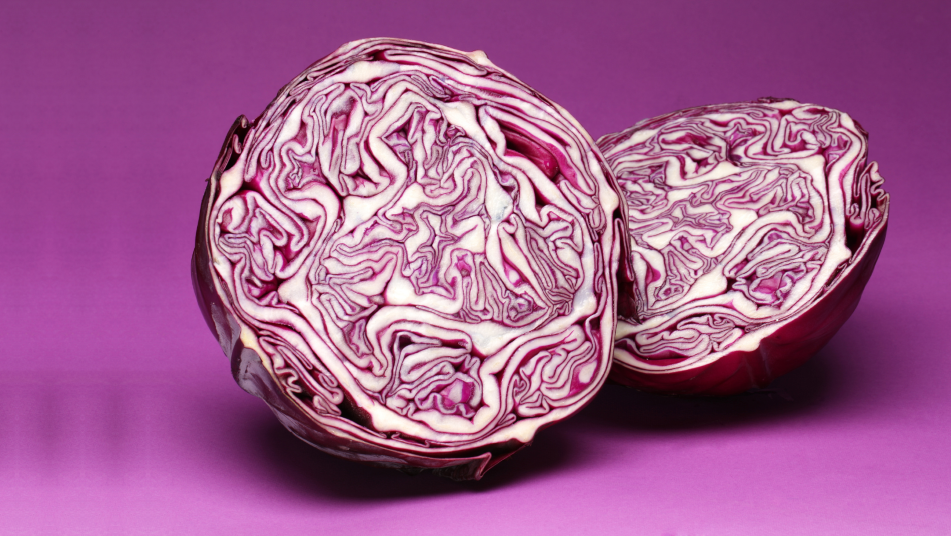Easter, together with Christmas, is one of the two most beautiful holidays of the year. Easter is mainly associated with religious traditions, but at the same time it is also a celebration of the arrival of spring and new life. Easter is full of symbolism, traditions, ceremonial food and the variety of customs deserves our attention not only from a religious but also from an ethnic point of view. We hope that in this blog we have managed to summarize and highlight the most important customs and the most interesting symbols of Easter. Also to provide inspirations for welcoming spring in our dwellings.
Every day a different custom
Easter week begins with Palm Sunday and ends with Easter Sunday. However, the celebrations continue until Easter Monday. Easter week is also called as Holy Week or Passover week. In traditional rural settings, on Maundy Thursday, Good Friday and White Saturday, people would wash themselves with cold running water early in the morning before sunrise to keep them healthy. Even if you are not one of the hardy, it might be inspiring to refresh yourself with cold water at least on these days.
Palm Sunday
 Palm Sunday is the last Sunday of Lent and opens the so-called Pascha week. On Palm Sunday, it was customary to bless green branches in church. This was a reminder of Jesus' entry into Jerusalem, when people welcomed him with green palm branches a few days before his crucifixion. In most of Slovakia, flowering sea buckthorn rods were blessed in churches. They were a symbol of everything new and healthy. Later, the farmers used them when they first drove their cattle out to graze, when ploughing or sowing for the first time. Other consecrated mudpuppies were used by the locals as pictures of saints or wooden castles. During a storm, they were supposed to protect the house from lightning.
Palm Sunday is the last Sunday of Lent and opens the so-called Pascha week. On Palm Sunday, it was customary to bless green branches in church. This was a reminder of Jesus' entry into Jerusalem, when people welcomed him with green palm branches a few days before his crucifixion. In most of Slovakia, flowering sea buckthorn rods were blessed in churches. They were a symbol of everything new and healthy. Later, the farmers used them when they first drove their cattle out to graze, when ploughing or sowing for the first time. Other consecrated mudpuppies were used by the locals as pictures of saints or wooden castles. During a storm, they were supposed to protect the house from lightning.
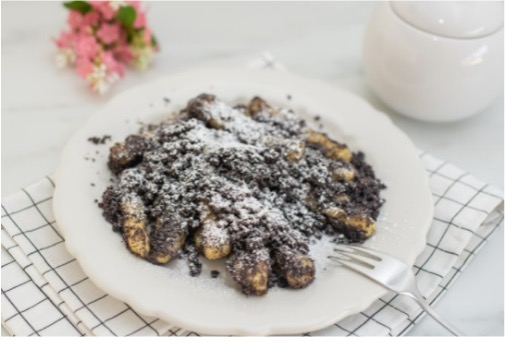 On this day, the housewives used to cook the traditional shoulyanka with poppy seeds to grow tall hemp, or beans so that they would flower nicely and bring a bountiful harvest. If you choose to follow the custom of cooking beans, you have the advantage as a modern housewife that, thanks to pressure cookers, you can spend less time at the stove. the cooking time for white beans can be reduced to 40 minutes, you save energy and the food retains a higher nutritional value.
On this day, the housewives used to cook the traditional shoulyanka with poppy seeds to grow tall hemp, or beans so that they would flower nicely and bring a bountiful harvest. If you choose to follow the custom of cooking beans, you have the advantage as a modern housewife that, thanks to pressure cookers, you can spend less time at the stove. the cooking time for white beans can be reduced to 40 minutes, you save energy and the food retains a higher nutritional value.
Blue Monday
On this day they used to decorate churches with blue cloths. It was a day of rest when no housework was done.
Grey Tuesday
It begins with cleaning the entire dwelling and sweeping the cobwebs out of the corners.
Ugly Wednesday
Ugly Wednesday commemorates the betrayal of Judas Iscariot who betrayed Jesus Christ. On this day they used to bake Judas, which were eaten the next morning. The Judas would be in the shape of a tangled cylinder, which according to Christian interpretation symbolized the rope on which Judas was hanged. The main ingredients for the preparation were white flour and honey.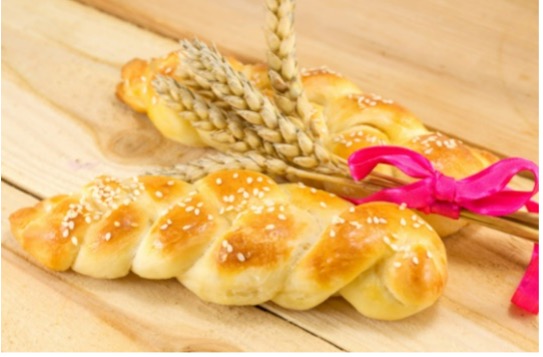
Chimneys were also cleaned on this day, as a sign of the exorcism of evil forces. It was also customary to scorch the logs from which the crosses were made.
Green Thursday
This day commemorates the Last Supper of the Lord. Maundy Thursday is a fasting day and dishes made mainlyof green spinachleaves, young nettles, and sorrel were eaten. for dinner, a thick vegetable soup was cooked to fill the household so that they could endure the Friday fast.
 Girls who wanted to have long hair combed it under the willow tree on Maundy Thursday. On this day, according to local tradition, poppies were to be sown. After the winter, cattle were put out to graze for the first time. The farmers stroked each piece of cattle with an egg to make it nice and round. The sound of wooden knockers, raps with which the boys walked around the village, were supposed to protect the cattle from the striga. The housekeeper and the whores cleaned the household.
Girls who wanted to have long hair combed it under the willow tree on Maundy Thursday. On this day, according to local tradition, poppies were to be sown. After the winter, cattle were put out to graze for the first time. The farmers stroked each piece of cattle with an egg to make it nice and round. The sound of wooden knockers, raps with which the boys walked around the village, were supposed to protect the cattle from the striga. The housekeeper and the whores cleaned the household.
Good Friday
the crucifixion of Jesus Christ is commemorated, and Great Masses and ceremonies are held. Strict fasts are kept or very moderate meals such as porridge, milk soups, and mealworms in milk are eaten. In the traditional rural setting, girls as well as adults washed at the well or stream in the morning to have healthy skin all year round, free of scabs, lichen and sores. The young men would pick the buds from the poplar trees and use them to make a perfume for Easter Monday, or put scented soap in the water. Good Friday is also a day of opening the mountains and treasure hunting, when no laundry may be washed, nothing given, sold or lent to anyone.
if it rained on Good Friday, it paid: Good Friday rainy, makes the morning thirsty.
White Saturday
gazdine women began to prepare traditional Easter dishes for the entire holiday, many of them symbolic meals. The meals were just being prepared, not eaten, as Lent was still in progress. They cooked ham, which symbolized the body of Jesus Christ. Eggs were boiled in every house - a symbol of fertility, of new life. At Easter, eating eggs was supposed to protect people from evil spirits. The sausages symbolized the scourge with which Jesus was scourged. Horseradish was cooked with the ham as a symbolic remembrance of the Passion - it was also meant to give courage to the timid. But it was also cooked lamb or mutton. One of the favourite dishes and at the same time a symbol of Jesus Christ was the lamb, which for many represents the new life or the chicks that are born in spring. Previously, therefore, mutton was widely eaten at Easter time. However, when times became poorer and people had deeper pockets, the meat dish was gradually replaced by sweet pastries in the shape of a lamb. A traditional white cake called pascha was also baked with a custard filling and a braid around the perimeter, a symbol of the crown of thorns. Red wine symbolised the blood of Jesus Christ.
When the housewives had everything ready and tidy, they dressed in festive clothes, like the rest of the family, and went to church for the Easter Vigil, which takes place on the night from White Saturday to Easter Sunday. The ceremony begins with the lighting and blessing of the fire and continues with the lighting of the main Easter candle - the paschal.
Easter Sunday - the Feast of Easter
The most significant day of the feast is Easter Sunday. It is a celebration of Christ's resurrection and ascension. The victory of life over death and the hope of eternal life. It is the first day of feasting after a forty-day fast.
Each housewife carried a basket of prepared Easter foods, the ceremonial pascha cake, boiled ham, hard-boiled eggs, etc., to church for the great Mass, and after Mass waited for the priest to consecratethem easter food. In some places they also had some grain sanctified, which the householder then put into the first sowing.
The consecrated meals were put on the table when the family returned home from church and the family sat down to a festive meal. After a long fast, everyone looked forward to the meat. Nothing of the consecrated food was to be thrown away. Leftovers from the consecrated meals were put aside, used by the men when ploughing for the first time, and by the women when planting cabbages.
After lunch, the young men used to prepare for the whipping, dressing, bathing, and arguing about tactics. The girls painted eggs for the young men - Easter eggs, which they gave them as a reward for the whipping or dressing up.
Easter eggs were of great importance in ancient centuries, according to church symbolism they represent the ascension of Jesus Christ. In the traditional rural environment, eggs were originally predominantly red in colour, which was supposed to multiply their symbolism of fertility and life. Each girl tried to prepare as beautiful an egg as possible for her lover, so that he could see how she felt about him.

Easter Monday
On Easter Monday, it was traditional to dress up and whip the corkscrews, but this Easter tradition was not the same all over Slovakia. In western and parts of central Slovakia, girls were whipped korbáčami. Each young man tried to knit the most beautiful korbáč. The girls were whipped to be healthy, diligent and cheerful throughout the next year. With the help of the corbets, the boys pass on to them the youth and freshness of the willow wands. During the whipping, the boys used to say various rhymes. As a reward, the girls tied colourful ribbons on the boys' corboks, gifted them with painted eggs and other goodies. The ribbons tied on the corbac also had their own meaning The red ribbon meant that the girl liked the young man. Blue was a symbol of hope and green was tied to signify that the boy was one of the favourites. Yellow, on the other hand, was indicative of a girl's disinterest.
In most of central and eastern Slovakia, corbaces were not originally used, but bachelors would dress the girls and use copious amounts of water. It was enough if there was a stream or a river flowing in the village and the whores, regardless of the weather, ended up in the water. The girls would hide in a storeroom, stable or barn. The squeals of wet and wintered girls echoed through the villages. Despite the hiding, the colds, any unmarried whore would be miserable if she didn't have a bunch of dressers, bathers.
In every house the dressers or whippersnappers were given a proper treat by the landlords, the girls gifted them with painted eggs. In the evening, the happy young men arranged entertainment.
Let spring into your homes by decorating or dressing up
Decorating dwellings is associated with the symbolism of the arrival of spring, the start of agricultural work and the sowing of grain.
The ladybirds, the green twigs with which we currently decorate our dwellings, have their own significance. The green twig symbolises the coming vegetation and the future arrival of summer. Green twigs tied with colourful ribbons, painted eggs, paper flowers symbolize the bringing of summer.
Colourfully decorated twigs, crickets, ladybirds look great in simple white porcelain vases or simple clear glass vases or carafes (which you can use as a substitute for a clear vase).
TIP FOR ANOTHER TABLE DESIGN: Green mixing bowl
You can use freshly cut grass, moss, or grow your own watercress. Put the watercress seeds in a bowl of cotton wool in a warm place about four days before Easter Sunday and water it regularly. By the time the main day arrives the watercress will have grown wonderfully. Place painted eggs or other small decorations in a richly decorated green bowl or basket.
Screening
You can be endlessly creative when it comes to Easter table settings. Colourful spring colours, decorations with eggs, chicks, bunnies. The rich colours of the napkins. Spice up the table with Easter menu cards in the shape of an egg, a chick or a bunny. Pure white porcelain is perfect for a cheerful decoration. Easter Sunday is the most important day of the Easter holidays, bring out the festive cutlery or glassware that graces the holiday table.
A word in conclusion
Whatever the customs in your family, neighborhood, and area, spend as many quiet moments as possible with your family. Feel the magic of spring. Breathe in the cherry blossoms, the apple trees, the freshly picked grass. Let the colours into your homes. Enjoy the moment of being.
A peaceful Easter wishes the team at Berndorf Sandrik and Dining Culture.
_____________________
Resources used:
ISBN 978-80-556-1482-3 Traditions in Slovakia, Zora Mintálová Zubercová
EASTER: What are the customs and traditions of Easter time? | RadímeAKO.sk (radimeako.sk)
